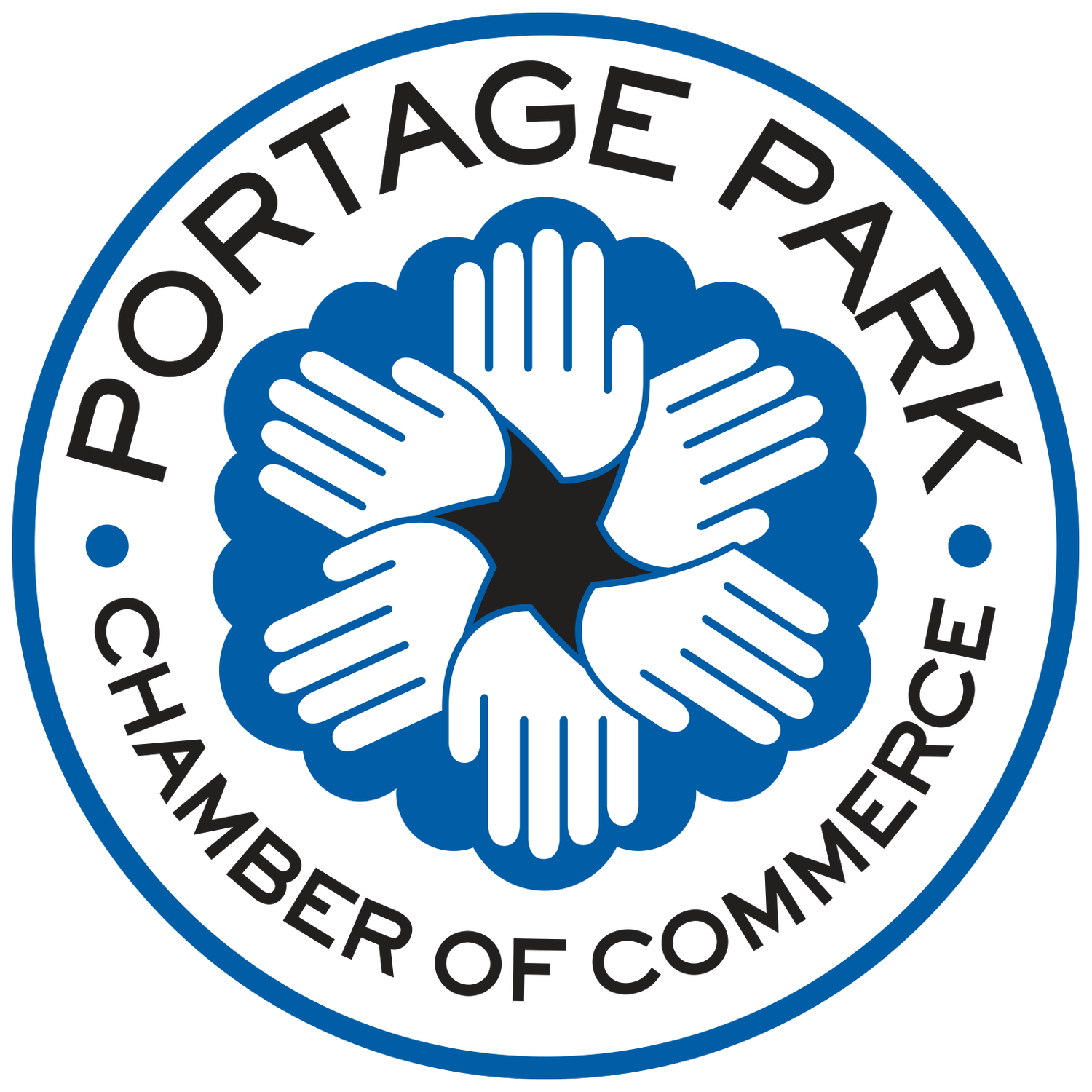History of Dunning
In 1851, this remote prairie location seemed ideal for Cook County’s plans to erect a poor farm and asylum for the insane. The county purchased 160 acres bordered by Irving Park Road and Narragansett, and Montrose and Oak Park Avenues. In 1863, the institution began admitting tuberculosis patients. The county built a separate building for the insane asylum in 1870. The construction of two more buildings in the 1880s added enough space to accommodate the more than 1,000 patients.
Following the Civil War, Andrew Dunning purchased 120 acres just south of the property to start a nursery and lay the groundwork for a village. He set aside 40 acres for the settlement, but proximity to the insane hospital kept settlers away. In 1882, the local train line was extended to the facilities, making transportation far less difficult. The Chicago/Milwaukee/St. Paul “crazy train” brought patients, supplies, and medicines. The county built a station, naming it for Dunning.
Around the turn of the century, Henry Kolze inherited a tavern and wooded acreage at Narragansett and Irving Park, which he turned into a picnic grove. The idyllic scenery enticed visitors, as did the tavern. With the advent of the Irving Park Boulevard street railway, clubs, churches, and companies held picnics in the grove.
Outside the state facility, the population had grown to only 1,305 by 1909. In 1916, the first housing boom occurred when Schorsch Brothers Real Estate bought a tract west of Austin and south Irving Park. Following World War I, the population rose to 4,109, with residents primarily of Swedish, German and Polish descent. In 1934, Wright Junior College was built in the eastern portion. At its peak in 1970, the population reached 43,856. In that year, the Chicago-Read Mental Health Center was established, incorporating the old hospitals.
Dunning moved toward a revival of institutional, commercial, and residential growth in the 1980s and 1990s. The neighborhoods of Schorsch Village, Belmont Heights, Belmont Terrace, and Irving Woods became more desirable. On Narragansett, north of Irving Park, Ridgemoor Estates boasted luxury homes near a golf club. New modern facilities were opened at Chicago-Read Mental Health Center. Wright Community College moved to a new campus at Montrose and Narragansett. By 2000, the population had grown again to 42,164.
JOIN THE EMAIL LIST FOR THE CHAMBER TO STAY UP TO DATE ON EVENTS, NEWS, AND MORE.
